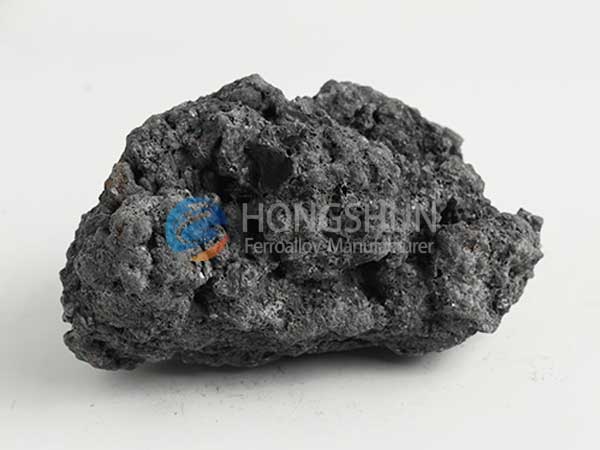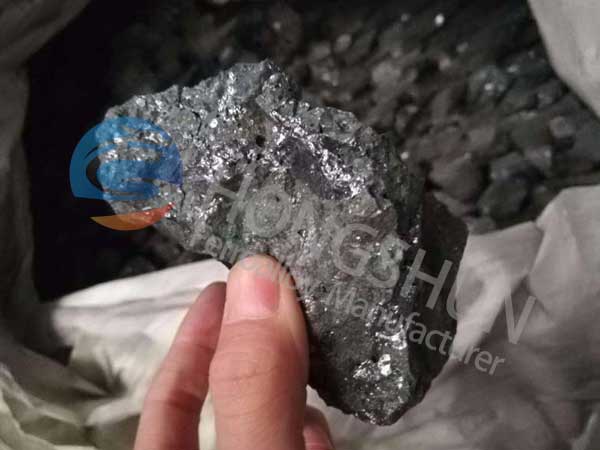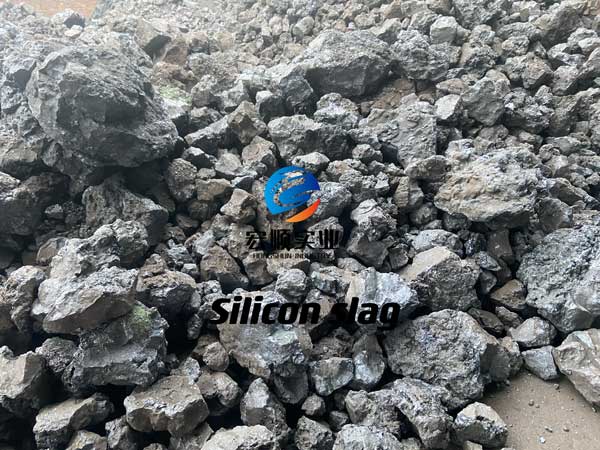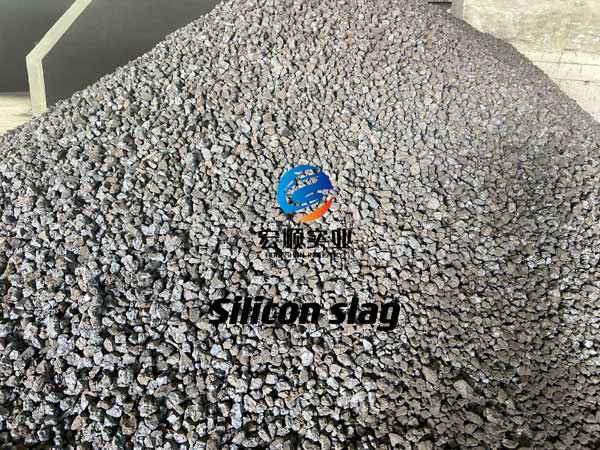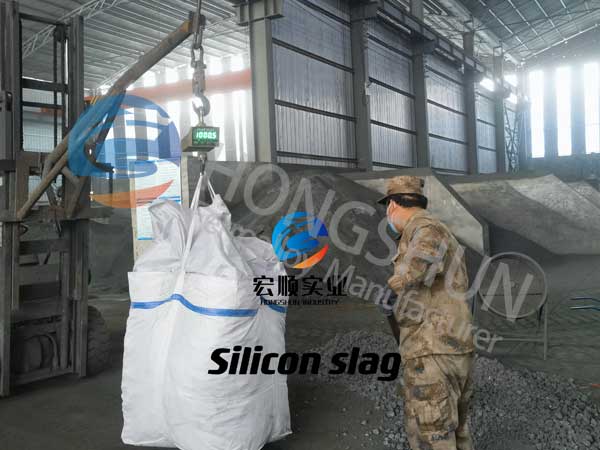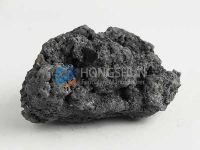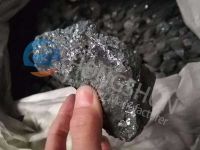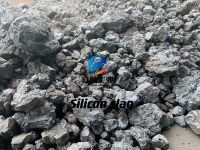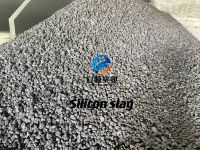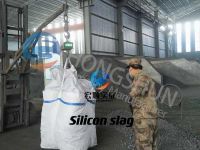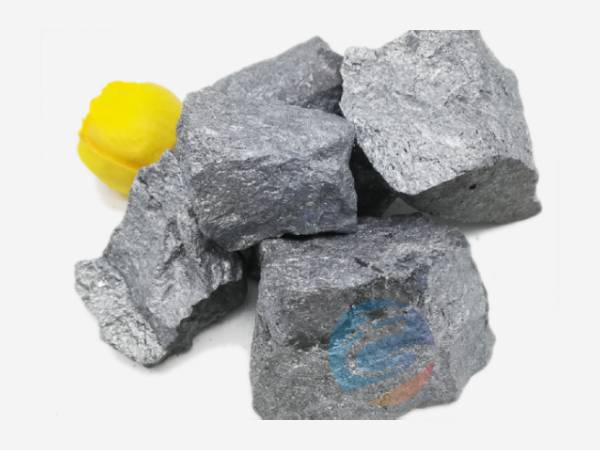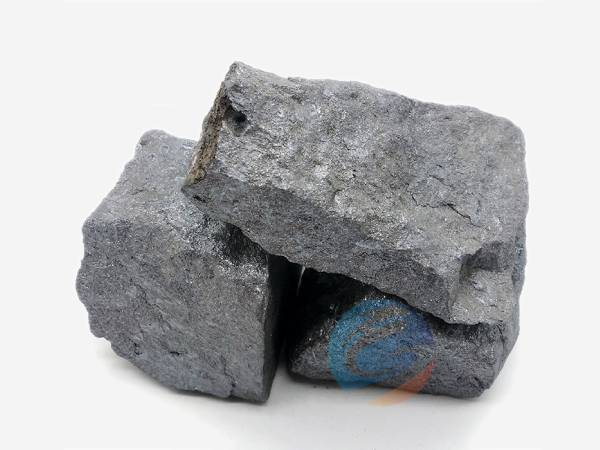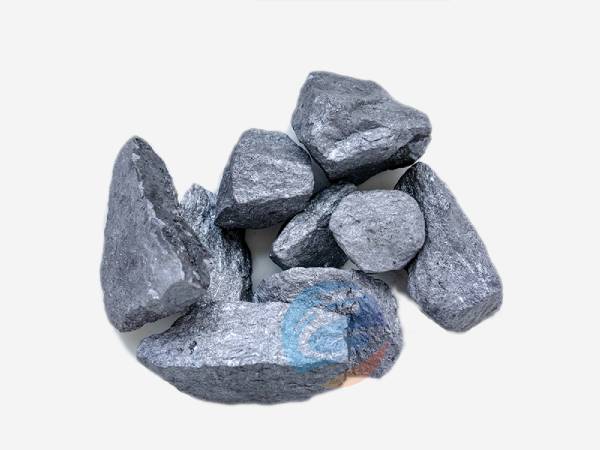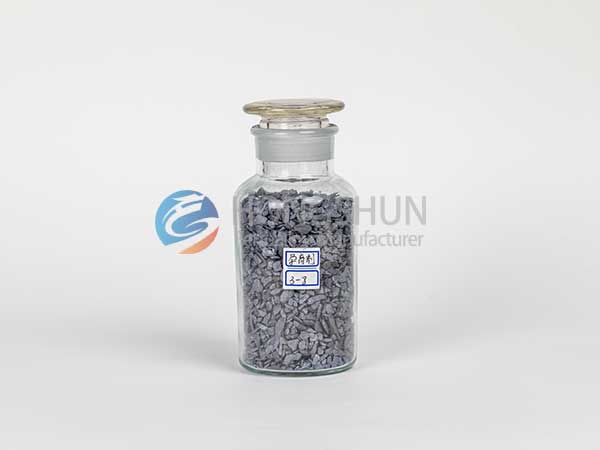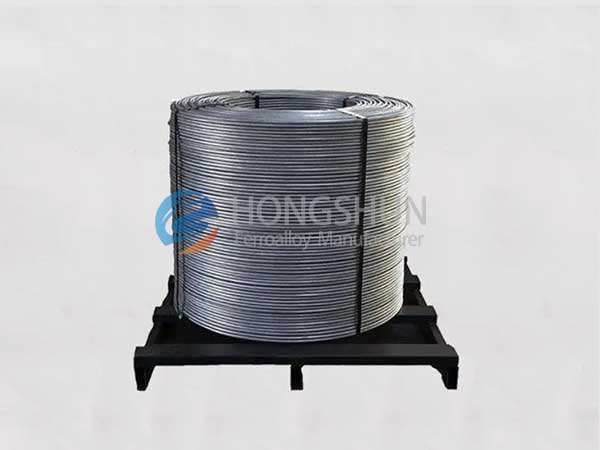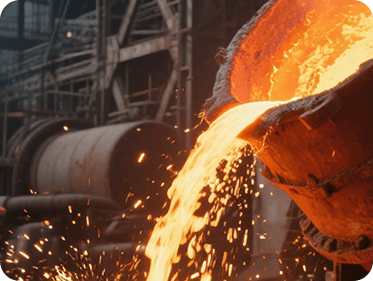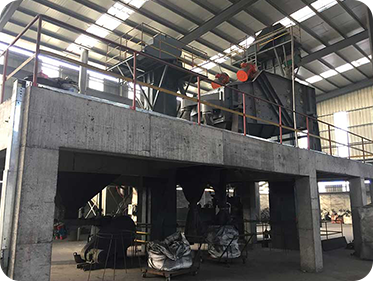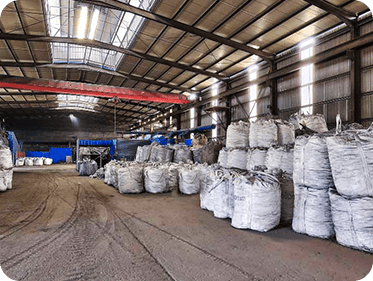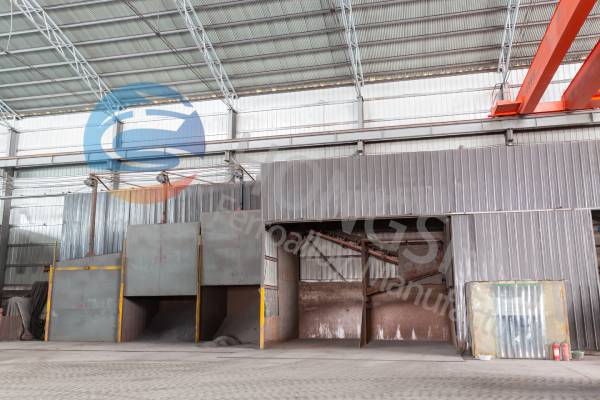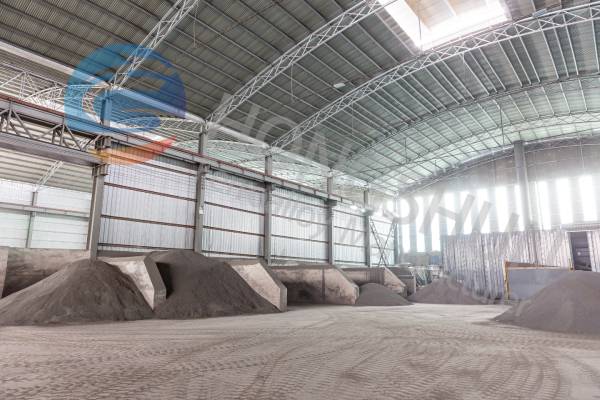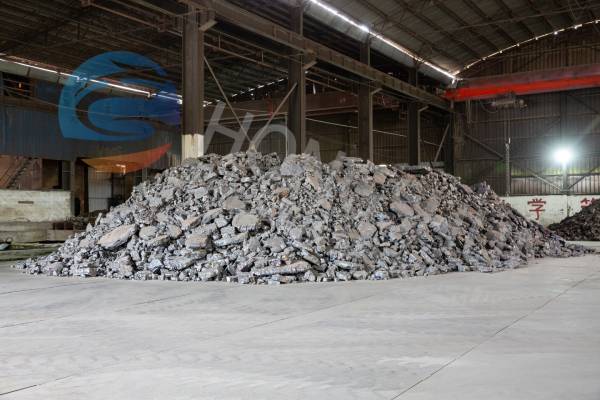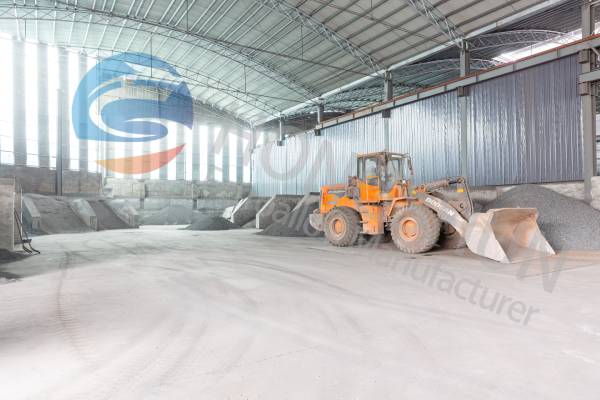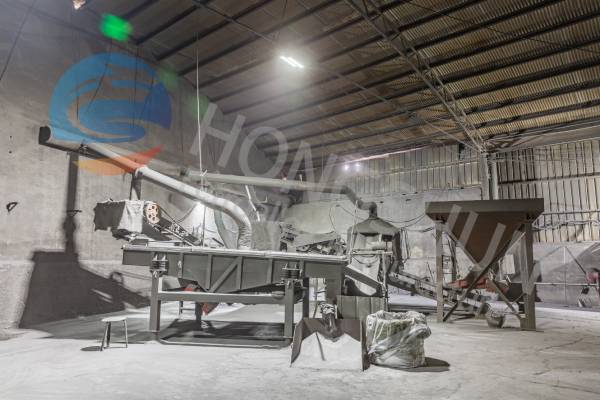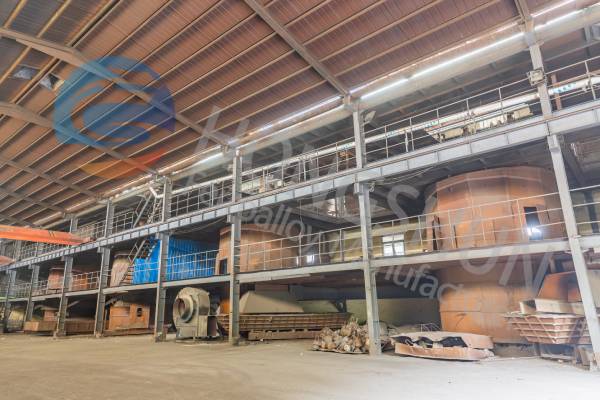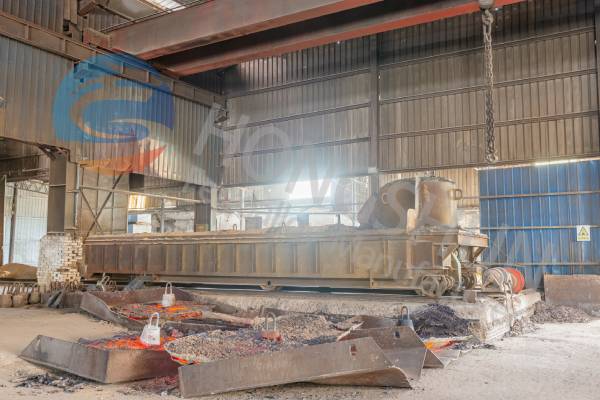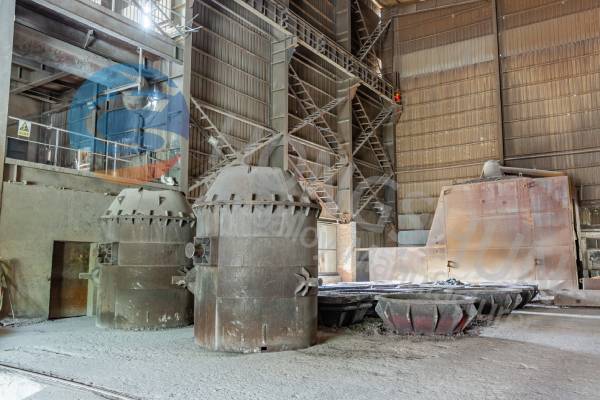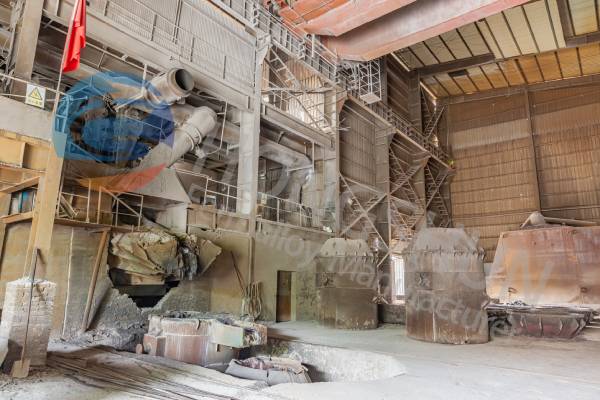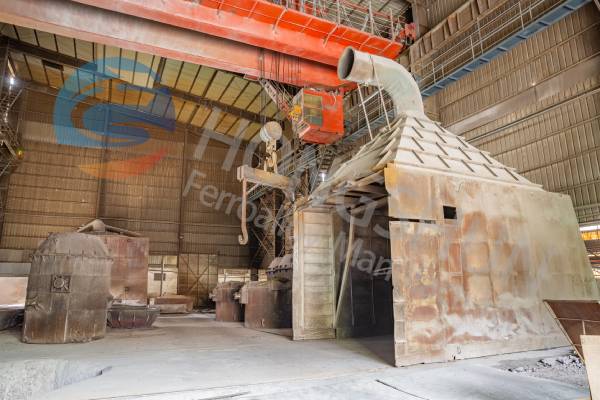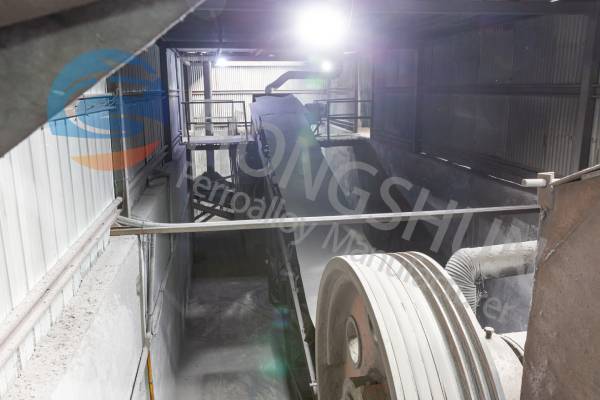Silicon slag is a by-product of metal silicon (industrial silicon) smelting. It is characterized by high silicon content and high carbon content, with its main components being silicon dioxide (SiO₂) and carbon (C), along with trace amounts of metal impurities.
Despite being a by-product, silicon slag plays a valuable role in the metallurgical industry. It is widely used as a deoxidizer in steelmaking, helping to improve steel purity, reduce production costs, and increase efficiency.
Can Silicon Slag Replace Metallic Silicon?
The answer is no — silicon slag cannot directly replace metallic silicon. Here's why:
A foundry once attempted to substitute 30% of metallic silicon with silicon slag in aluminum alloy production. However, the high carbon content in silicon slag led to severe porosity defects in the final castings, causing a significant 18% drop in yield rate. This clearly demonstrates that silicon slag is not suitable as a direct replacement for high-purity metallic silicon in critical alloy applications.
Silicon slag composition
| Silicon slag | ||||||
| Model | Si | Al | S | P | C | |
| ≥ | ≤ | |||||
| Silicon slag 45 | 45 | 5 | 0.1 | 0.05 | 8 | |
| Silicon slag 50 | 50 | 5 | 0.1 | 0.05 | 8 | |
| Silicon slag 55 | 55 | 3 | 0.1 | 0.05 | 6 | |
| Silicon slag 60 | 60 | 5 | 0.1 | 0.05 | 6 | |
| Silicon slag 65 | 65 | 5 | 0.1 | 0.05 | 5 | |
| Silicon slag 70 | 70 | 3 | 0.1 | 0.05 | 3.5 | |
| Size:0-10mm, 1-10mm, 10-50mm, 10-100mm, | ||||||
Application of Silicon Slag
Silicon slag is primarily used in the steel industry as an efficient deoxidizer to improve steel quality by removing oxygen and other impurities. It is also applied as a partial inoculant in cast iron production, enhancing graphite formation and mechanical properties. Additionally, silicon slag serves as a valuable raw material in ferrosilicon manufacturing and is used in the production of refractory materials due to its high silicon content.
Characteristics of Silicon Slag
1. High Silicon and Carbon Content: Silicon slag typically contains a high percentage of silicon dioxide (SiO₂) and carbon (C), which are its core components.
2. Impurity Presence: Contains small amounts of metal impurities, which restrict its use in some high-purity applications.
3. Physical Appearance: Usually appears as dark, granular slag material with a glassy texture.
4. Chemical Stability: Exhibits good thermal and chemical stability, making it suitable for refractory and metallurgical applications.
Silicon Slag Production Process
Silicon slag is produced as a by-product of metallic silicon smelting in high-temperature electric furnaces. During the carbothermic reduction of silica with reducing agents such as petroleum coke and charcoal, silicon metal is separated while the remaining impurities and residual materials form silicon slag. The slag is then cooled, crushed, and screened for industrial use.
Why Choose Silicon Slag from Hongshun?
1. Consistent Quality: Hongshun provides silicon slag with stable chemical composition and physical properties, ensuring reliable performance in steelmaking and refractory applications.
2. Sustainable Sourcing: Produced as a by-product of our silicon metal manufacturing process, Hongshun’s silicon slag offers an eco-friendly solution by maximizing resource utilization.
3. Competitive Pricing: Our direct production and efficient supply chain allow us to offer silicon slag at cost-effective prices without compromising quality.
4. Experienced Supplier: With years of industry expertise and a global export network, Hongshun guarantees timely delivery and professional service worldwide.

